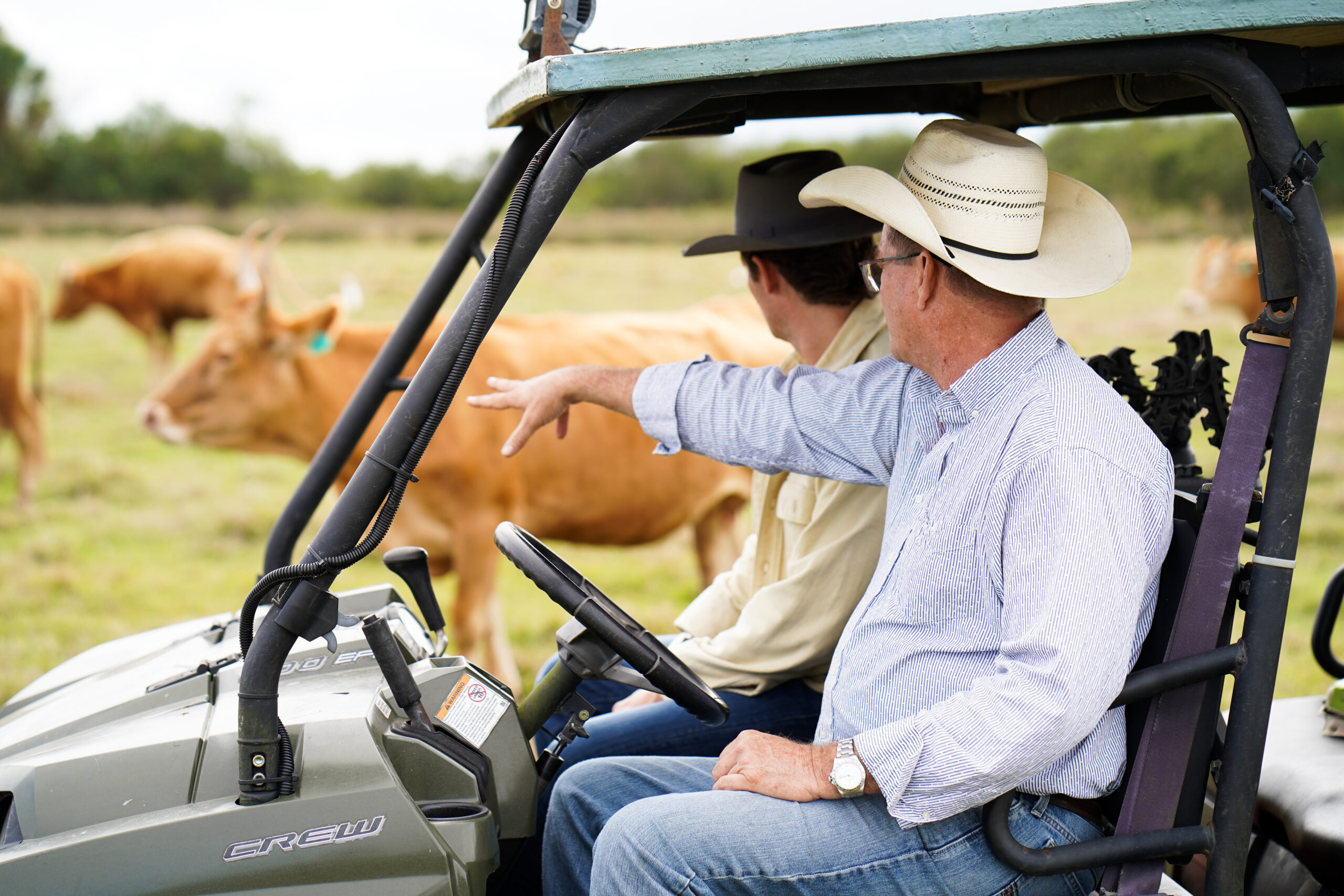
Stress, Health and the Bigger Picture with Food
Stress is a word that can conjure feelings of anxiety, depression, panic, an upset stomach and so much more. It’s
Subscription Boxes Available Now! Shipping to all 50 States 🇺🇸
Subscription Boxes Available Now!

The food system, at its most basic level, describes a pathway in which food gets into your home and onto
your plate.
The pathway varies depending on what and where something is obtained. For most foods bought at
large retailers, a highly complex system provides the means for food throughout the country (and the
world) to get to you. This intricate chain of movement has been in flow for hundreds of years with many
changes along the way – and likely more to come. It is a perfect example of American innovation.
However, most consumers need to understand that food traveling along this conventional path covers a
very long distance, touches many hands and comes with certain risks that are important to be aware of
before it gets into your home:
Alternatively, when you purchase food directly from farms that care about the long-term health of their animals and the environment, you immediately benefit. This results in fresher, safer, more nutritious foods – and a more sustainable food system for future generations.
The call to support local farms is so strong that the United States Department of Agriculture is working diligently to increase advocacy, support and promotion of local food markets. They recognize the important role they play in not only providing consumers with the best source for nutritional value and health, but also their ability to strengthen the resiliency of local food systems.
This is why it’s so important to align yourself with a local rancher in your community that is committed to sustainable agriculture practices that prioritize animal wellbeing and soil health while refraining from using synthetic inputs like antibiotics, growth hormones, and chemical fertilizers. For me and my family, I choose to buy from PaintedQuarters.com; a farm that respects nature and my well-being.
Want to learn more about sustainable agriculture? Stay tuned as we’ll be exploring the differences between organic versus conventional versus regenerative farming practices and what it all means for you.
References:
Committee on a Framework for Assessing the Health, Environmental, and Social Effects of the Food System; Food and Nutrition Board; Board on Agriculture and Natural Resources; Institute of Medicine; National Research Council; Nesheim MC, Oria M, Yih PT, editors. A Framework for Assessing Effects of the Food System. Washington (DC): National Academies Press (US); 2015 Jun 17. 2, Overview of the U.S. Food System. Available from: https://www.ncbi.nlm.nih.gov/books/NBK305173/
McCurdy, M. (2022, May 17). Health benefits of eating locally. University of New Hampshire. https://extension.unh.edu/blog/2022/05/health-benefits-eating-locally FoodSafety.gov. (2024, November 15). Bacteria and viruses. https://www.foodsafety.gov/food-poisoning/bacteria-and-viruses
US Food and Drug Administration. (2025, January 15). Food chemical safety. https://www.fda.gov/food/food-ingredients-packaging/food-chemical-safety#:~:text=Food%20additives%20and%20color%20additives,for%20a%20specific%20intended%20u
se.
Centers for Disease Control and Prevention. (2024, May 14). Adult obesity facts. https://www.cdc.gov/obesity/adult-obesity-facts/index.html.
US Department of Agriculture. (2024, October 31). USDA Announces $33.5 Million in Grant Awards to Expand Local and Regional Food Systems. https://www.ams.usda.gov/press-release/usda-announces-335-million-grant-awards-expand-localand-regional-food-systems#:~:text=The%20funding%20will%20be%20distributed,activities;%20and%20new%20market%20development.
Florida Farmer’s Market Association. (n.d.). Find a Florida farmer’s market. https://farmersmarkettoolkit.org/find-a-market
Bhardwaj, R. L., Parashar, A., Parewa, H. P., & Vyas, L. (2024). An Alarming Decline in the Nutritional Quality of Foods: The Biggest Challenge for Future Generations’ Health. Foods (Basel, Switzerland), 13(6), 877. https://doi.org/10.3390/foods13060877
Kiani, A. K., Dhuli, K., Donato, K., Aquilanti, B., Velluti, V., Matera, G., Iaconelli, A., Connelly, S. T., Bellinato, F., Gisondi, P., & Bertelli, M. (2022). Main nutritional deficiencies. Journal of preventive medicine and hygiene, 63(2 Suppl 3), E93–E101. https://doi.org/10.15167/2421-4248/jpmh2022.63.2S3.2752
Marwa Khmaissa, Héla Zouari-Mechichi, Giuliano Sciara, Eric Record, Tahar Mechichi. (2024). Pollution from livestock farming antibiotics an emerging environmental and human health concern: A review. Journal of Hazardous Materials Advances, Volume 13. https://doi.org/10.1016/j.hazadv.2024.100410.
Manyi-Loh, C., Mamphweli, S., Meyer, E., & Okoh, A. (2018). Antibiotic Use in Agriculture and Its Consequential Resistance in Environmental Sources: Potential Public Health Implications. Molecules (Basel, Switzerland), 23(4), 795. https://doi.org/10.3390/molecules23040795.

Stress is a word that can conjure feelings of anxiety, depression, panic, an upset stomach and so much more. It’s